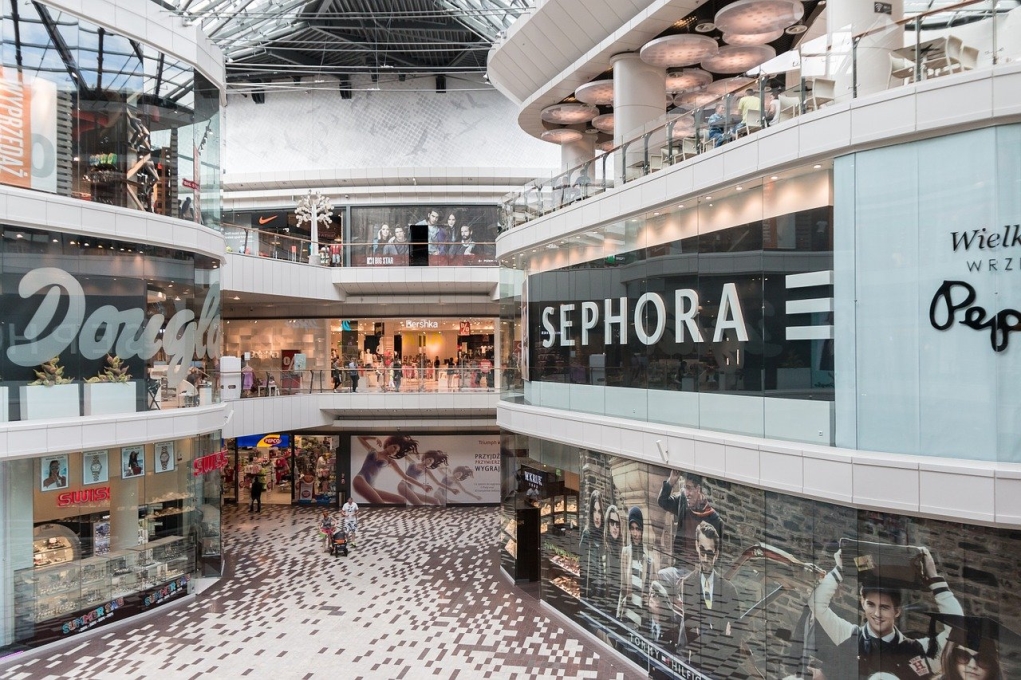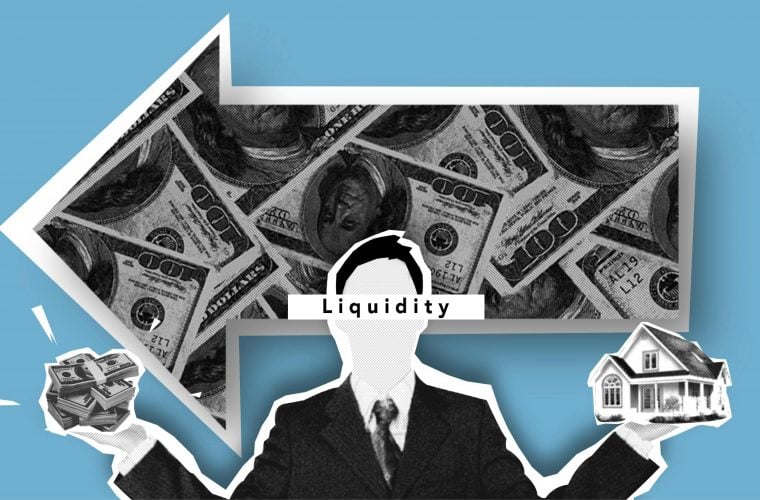
The Future Of Retail Real Estate: What Small Retailers Should Expect
Over the past decade, the retail real estate sector has experienced a 4 – 5% annual growth—with net commercials and retail square footage increasing.
Yet, despite the gains, the insolvency rate is ever increasing as many small-scale retailers continue to feel the brunt of COVID-19. Statistics show that vacancy rates for malls reached 10.4% in 2020, marking a record high in 20 years.
However, all is not doom and groom in the retail real estate industry.
As technology advances and consumer behaviors evolve, landlords are investing in technologies that can help attract retail customers and their spending. In this post, we’ll discuss the future of the retail real estate industry. But first, a quick crash course on retail real estate.
What Is Retail Real Estate?
The retail real estate sector is a category within the commercial real estate industry. The commercial real estate industry is broad, encompassing many sectors, including retail, office, hospitality, and industrial real estate.
The retail real estate sector is very specific and encompasses establishments that build and develop shopping and entertainment properties. Thus, properties under retail real estate include shopping malls, exhibition shops, florists, and many more.
Simply put, retail real estate deals in establishments used exclusively to market and sell consumer goods and services. They can range from shopping malls to pop-up shops to supermarkets, dry cleaners, and cafes.
Retail real estate allows investors to lease, rent, manage, buy, or sell retail properties. Over the years, the retail property sector has grown to become the second-largest in the commercial real estate space, with approx. 25.2% of the market share.
The Future of Retail Real Estate
As mentioned earlier, the retail real estate sector has experienced a drastic shift in trends, thanks to COVID-19. Here’s what experts predict the future of retail real estate will look like.
The Move to Virtual Stores Fueled by E-Commerce
The ripple effects of COVID-19 on brick-and-mortar stores were severe, causing the highest number of retail bankruptcies in over a decade.
In particular, departmental stores and apparel retailers were the worst hit by COVID-19, and many stores are yet to recover from the coronavirus crisis. In fact, analysts predict there will be 20% fewer retail stores by 2025.
As physical stores burn through cash reserves and consumers opt for e-commerce, many retailers are moving into the virtual space and leveraging the latest technology to fill in the void that was created by the pandemic.
Retailers are investing significantly in technologies that can help them retain customers.
Likewise, property managers and real estate brokers are investing in real estate transaction management software, like Paperless Pipeline, that can help them close more deals, even when working from home. The move to the virtual space will only increase the rental vacancy, which is already at a record high.
Shifts in Retail Leasing
When COVID-19 first hit, the primary focus of many retail landlords and tenants was to preserve cash flow.
Retail landlords across the globe took a pragmatic view of the difficulties retail tenants were facing and went the extra mile to offer short-term relief in the form of rent deferrals, rent deductions, and rent-free periods.
However, as it became more apparent that the pandemic is likely to be a long-term phenomenon, retail landlords had to devise ways to help tenants. And that’s when the idea of turnover-based rent was conceived.
Today, the market has seen a shift from fixed monthly rent to turnover-based rent. This model, which is likely to continue into the future, is usually a combination of a small fixed base rent plus a percentage of the turnover generated by the retailer.
Many landlords, including the esteemed Value Retail, have implemented this model, which is set to be the future of retail leases.
Wrapping Up
Despite the rumbles created by the pandemic, retail real estate remains a very profitable venture for investors. That’s because retail property investment offers high yields and long leases. Retail typically offers yields of 5 – 6%.
While things might not look positive for brick-and-mortar stores, there will always be a place for physical stores even as the move to virtual intensifies.














